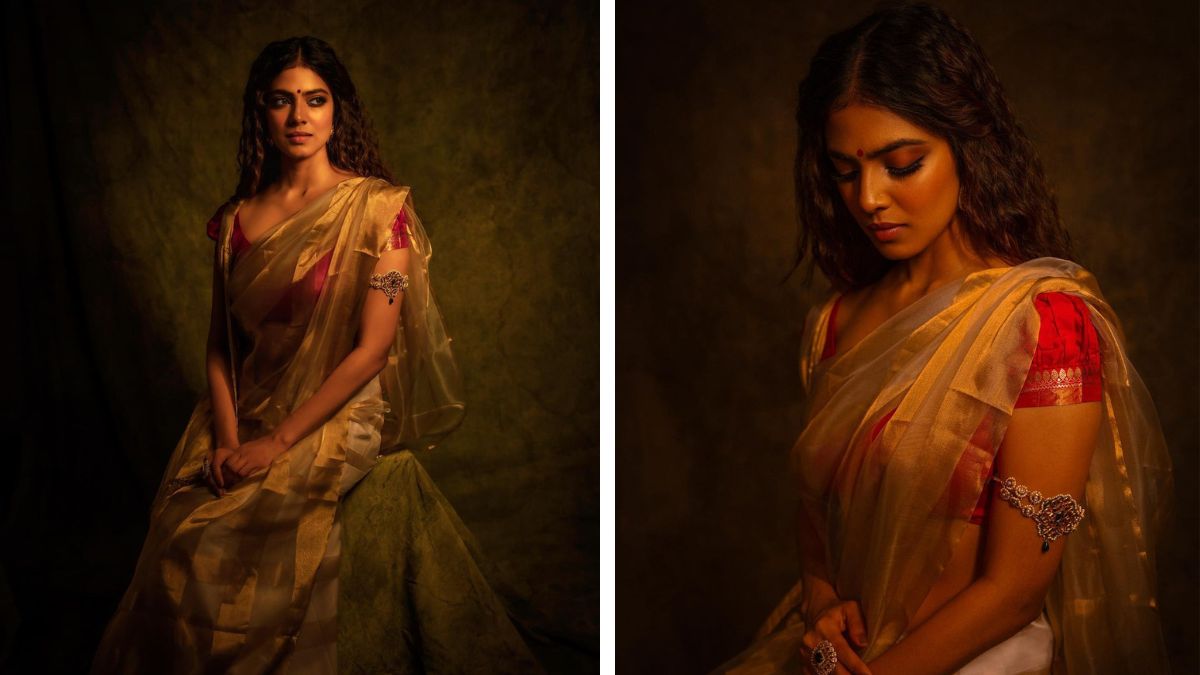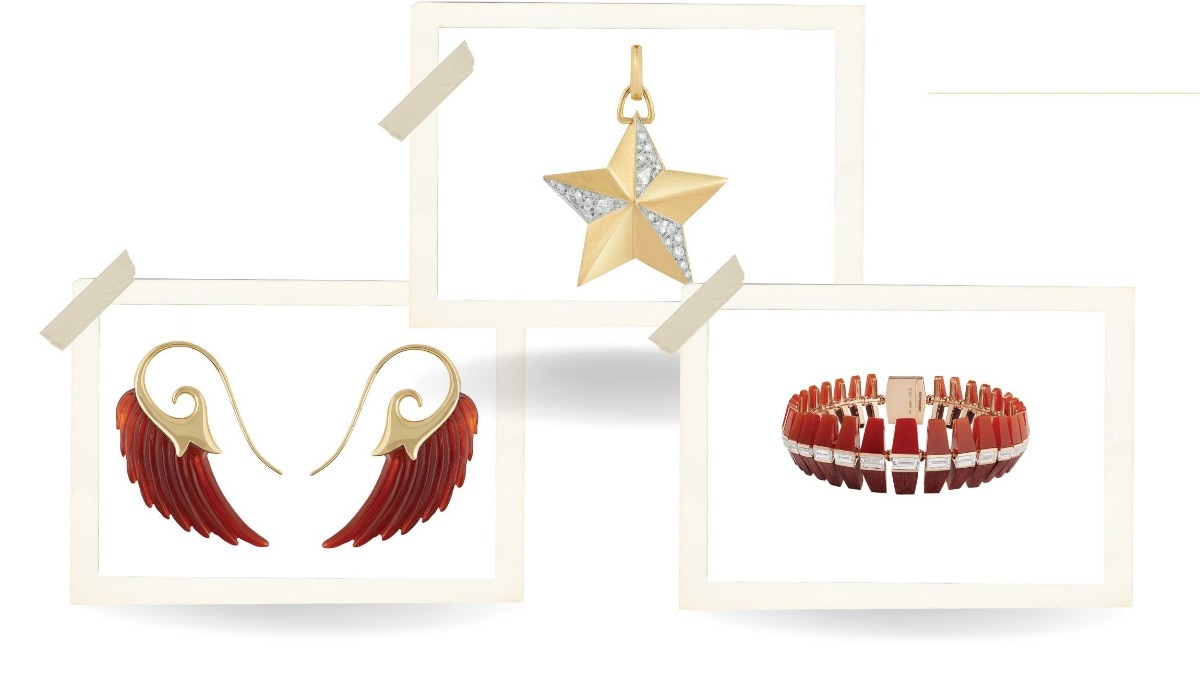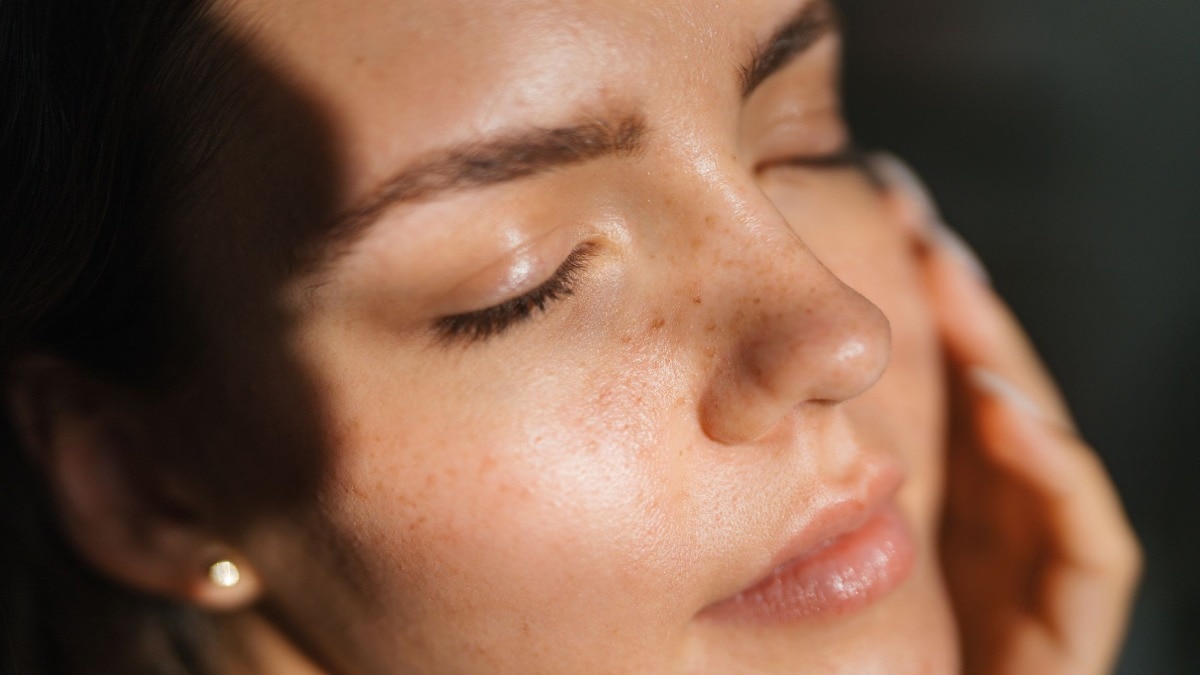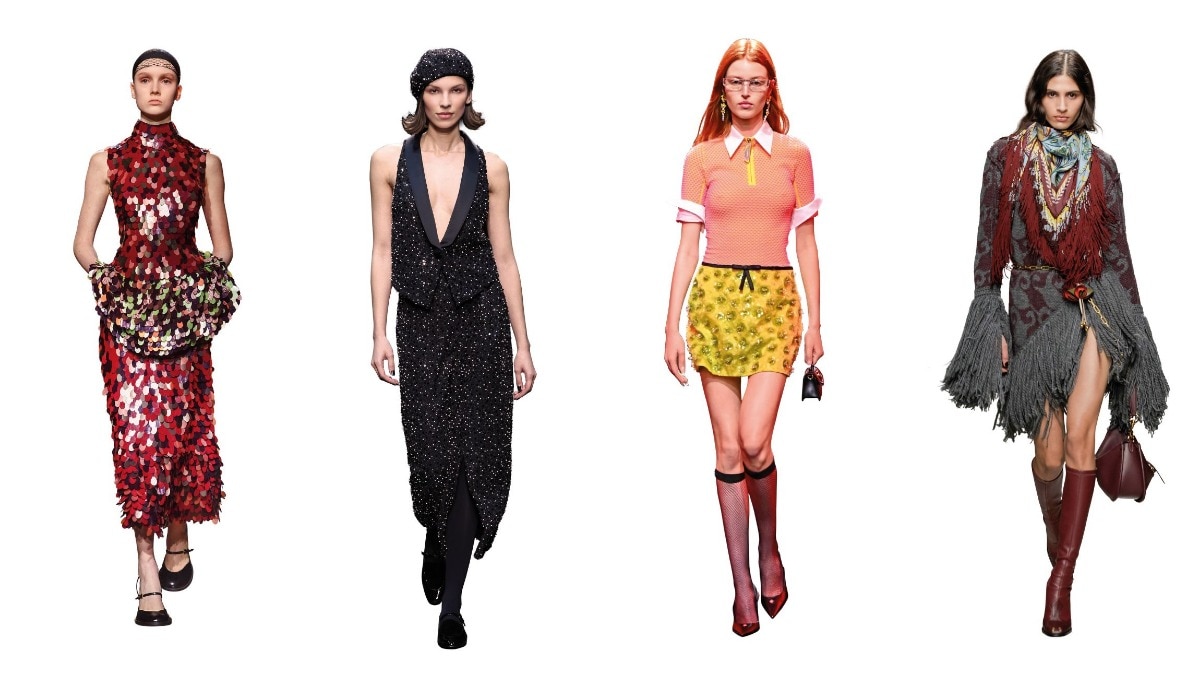3 incredible women on coming into their own and aligning their mind, body, and soul
A two part series on the power of female form, read on to find out how these Bazaar India contributors are claiming their space and power.


Take note of what these incredible women and leaders in their field have to say about taking up space and celebrating yourself every step along the way.
On how yoga aids mind-body connection
Anshuka Parwani, Celebrity Yoga & Wellness Expert, and Founder, Anshuka Yoga

“The world of fitness has gone through a paradigm shift in the past few decades. The advent of modern medicine presented ‘wellness’ and ‘fitness’ as two separate approaches, when, in reality, they are interrelated.
In today’s time, with information available at our fingertips, it is very difficult to decipher what’s accurate—there are various theories and myths floating around. And that can be very daunting for many.
Wherever you go today, you’ll notice one half of the room seeking the perfect body, and the other, mental well-being over anything else. But one must strive to achieve a balance. It is not just about looking fabulous, or fitting into that form-flattering dress...it is also important to ask yourself questions like, ‘Am I sleeping better?’, ‘Do I wake up feeling fresh?’, ‘Am I able to manage my stress levels?’, ‘Have I had the time to reflect on my intentions?’...I could go on!
Wellness needs to be holistic—physical, mental, emotional, and spiritual. What you think, what you eat, how you move, the decisions you make—all of them matter, and all of them certainly add up.
Your mind and body need to work in harmony. And our bodies talk to us as much as our minds do, but most of us don’t listen...rather we don’t know how to listen to our bodies. This is where practising yoga can really help you in the long run. Yoga is one discipline that offers complete alignment of all aspects of holistic wellness for the human body, thus helping you ace the mind-body connection.
Yog is the union of the mind, body, and soul. Through breathwork and asanas, yoga balances your physical and mental health. It is not only a rigorous physical workout, but yog also teaches you how to pause and focus on the one thing that keeps everyone going: your breath. With many of us leading extremely busy lives, we have forgotten how to pause and just be in the moment with our minds, and bodies. And that is one of the prime reasons for constant stress and anxiety.
But with every asana you practise, every time you meditate, yoga brings you back to yourself, so that your mind and body can be in sync. And when that happens, you will not only feel better, but also understand what your body needs and cater to that.
Whether you practise yoga for an hour, or just 15 minutes of Pranayama, focusing on your breathwork has tremendous benefits. It calms you down, regulates your entire biological make up, centres you, and helps you get ready for the day, both physically and mentally. Also, Surya Namaskar is the perfect blend of stretching, flexibility, and mindfulness. When done with correct breath work, it is a 360-degree, holistic practice for your mind and body. The yogic principles—a unique combination of self-observation and physical resilience—are known to grant deeper levels of self-attunement, teaching us to trust our bodily intuition, eventually leading to the mind-body union.”
On the politics of the female body
Eisha A Chopra, Actor and Screenwriter

“I remember my first time. It was awful.
Over time, as I gathered the wits to share this with other women, I realised I wasn’t alone. Most revisited the famed ‘first time’ with the same sense of dread. ‘It hurt, right?’ I soon realised that I may have rushed my decision. It took a few days for me to resume my normal walk, but it took me years to identify the real source of pain—someone else had experienced my body before I had.
In the years of inhabiting my body, I had somehow failed to explore it. Like living in a house with locked rooms, where somebody had thrown away the keys. I had been strictly instructed to keep certain parts of my home hidden, even from myself,on the pretext that they were too precious. Fear built in, under the humble veil of shame. Every inch my legs opened, even if just to sit more comfortably at dinner, made me a little bit less of a lady. This instruction came from my mother, who learned it from her mother, who learned it from her mother, and so on and so forth...
I had had a little more life experience when I came across the phrase, ‘The Politics of the Female Body’. I was intrigued. ‘Politics’ was a word I associated only with the news channels that I preferred to watch on mute. Why? Because it was always too much for me—too much information, too much inconvenience, too much reality.
Politics, by definition, is an act of governance. A debate about power. And this debate is being played out on the body on which that power is to be exercised. Together, it is the creation,regulation, and control of the said body by the power held upon it at different degrees in a society—a woman’s family, her partner, her workplace, her community, her country, her government, her whole world...everyone who would prefer to have her on mute, because otherwise she too could be too much.
As I struggled to make sense of this exposition, I asked myself if there was any entity in the world that was subjected to this kind of governance and surveillance. I wondered: ‘Is there anything in the world that threatens male supremacy more than the female body?’
A female body both creates and sustains life. A womb is home to a foetus for a whole nine months. A vagina can push out a fully-formed baby. Breasts are so smart; they lactate the moment a baby is born. A clitoris has the damn nerve to have up to 8,000 endings! A beast so powerful...is it even a wonder why it terrifies everyone?
The politics of the female body lie, not in the seizing but in the subjugation of its power, because a wild animal can never be left to roam free. It needs to either be tamed or trained. And now this fear is the threat placed upon me, and so many other womxn, in the guise of our own good. For every woman not ready to be a mother, but legally prohibited from an abortion, show me a man not ready to be a father being forced into a vasectomy by law.
Turn her into a lady, because the art of true manipulation lies in making the other person believe it was their idea. And so, even today, when my mother reminds me to cross my legs at the table I wonder, who really was the first to tell my mother’s mother’s mother how best to train her dragon?”
On the woman's navel and midriff in South Indian Cinema
Malavika Mohanan, Actor

“My family is from Kerala, and I grew up in Mumbai, exposed to all kinds of cinema, from Malayali to Marathi, Bengali, and Hindi. And one thing I noticed in all of them was the objectification of women, which has always been normalised. Filmmaking has pandered to a heavy male gaze, one that is through a lens of sex and sex appeal—from women’s sexuality to their bodies, because only men have been the ‘creators’ over the years. It is only now that we have begun to question this.
In South Indian cinema, for instance, the navel has been exaggerated in a very extreme manner, with some very colourful props. We have all noticed it, and we are constantly making fun of the songs where omelettes get cooked on a woman’s midriff [kudos to who came up with that, because that is truly imaginative!]. But what is the reason behind this obsession? I think you should ask a South Indian man about it because it totally beats me.
That said, in every culture, there is some part of a female body that’s been considered more attractive. For instance, for the Ndebele tribe of South Africa, it is the neck, and the women wear a number of rings around it. And back where my great grandparents grew up, in Kerala, the ears were considered a very attractive feature for a woman. So they’d wear very heavy earrings to weigh them down over the years.
Indian mythology is rife with imagery of the curvaceous woman baring her midriff, and, in my opinion, that idea of beauty has percolated into South Indian culture. Even in the temples, there are sculptures of very curvy women in apsara-like attire, baring their midriff and torso. Over the generations, this idea of beauty, glamour, and lust has percolated. Perhaps that is where the idea originated from, because a lot of poetry and songs have been sung in praise of the midriff.
The woman’s midriff in South Indian films is not slim or athletic, though, like in the West or even Bollywood. I’ll take the example of my own body. When I work in Tamil films, I get so many compliments if I put on a bit of weight. But the moment I come to Mumbai, my stylist will tell me, in a very nice way, that the clothes have become tight for me; that I’ll need a larger size. It’s just that the idea of the ‘perfect’ body varies from one culture to the other. In Tamil cinema, actor Nayanthara is considered very beautiful, while in Telugu, Samantha [Ruth Prabhu] is the sex symbol. And in Malayalam films, a woman’s sexuality is showcased in a far milder manner than in Telugu cinema. So since I can’t please everyone, I have decided to use health and fitness as my markers of my ‘perfect’ body.
The obsession with the navel in South Indian films is lesser now, because many of my colleagues are putting their foot down and saying ‘No’. As an actor, you do end up getting objectified. However, women are beginning to take a lot more control of the visual narrative by stating what they are okay or not okay with. I am noticing a change taking place, which is nice and high time, because I wouldn’t be comfortable with somebody throwing an egg or a coconut or anything, for that matter, at my navel.”
With inputs from Radhika Bhalla.










